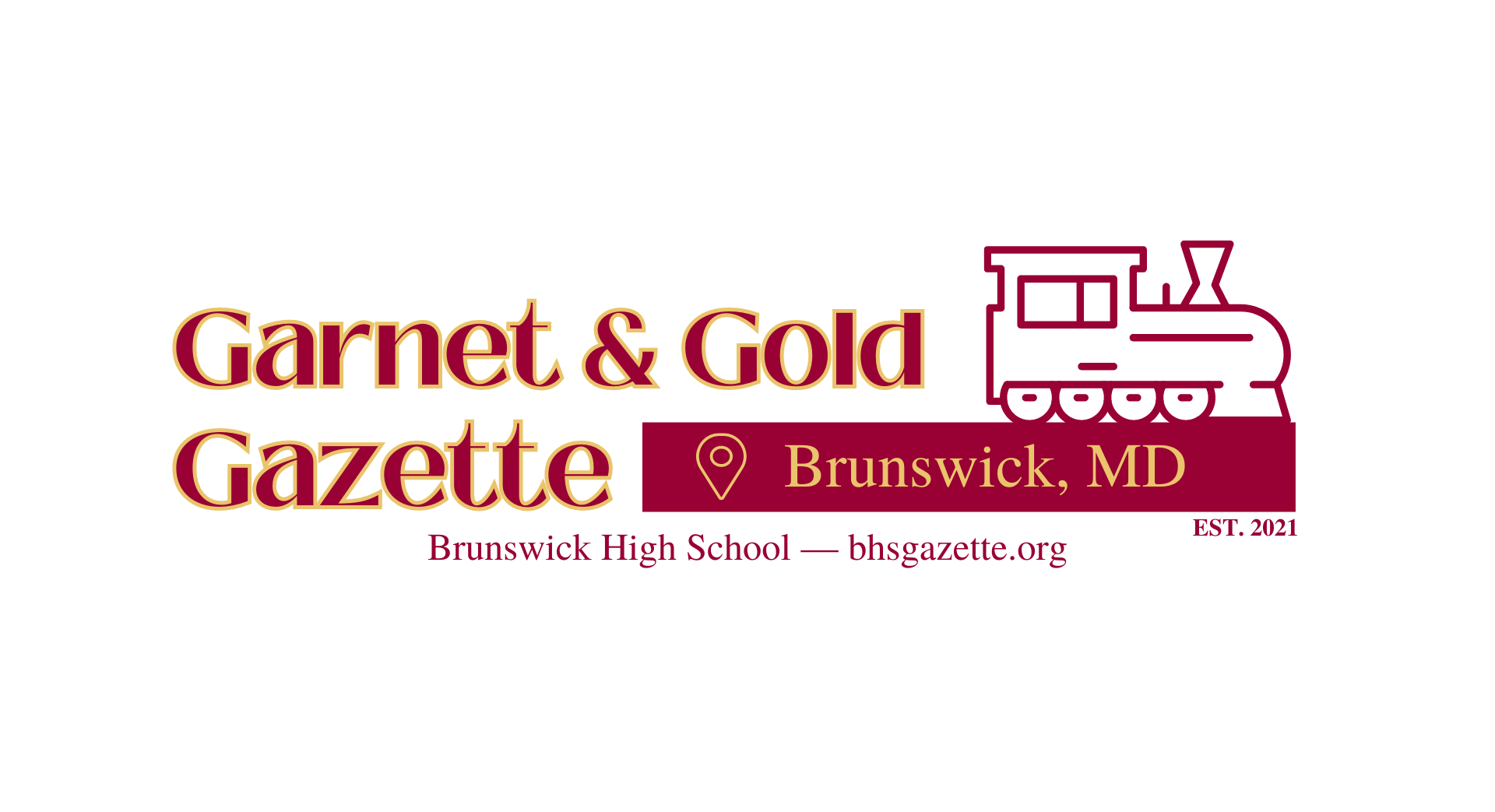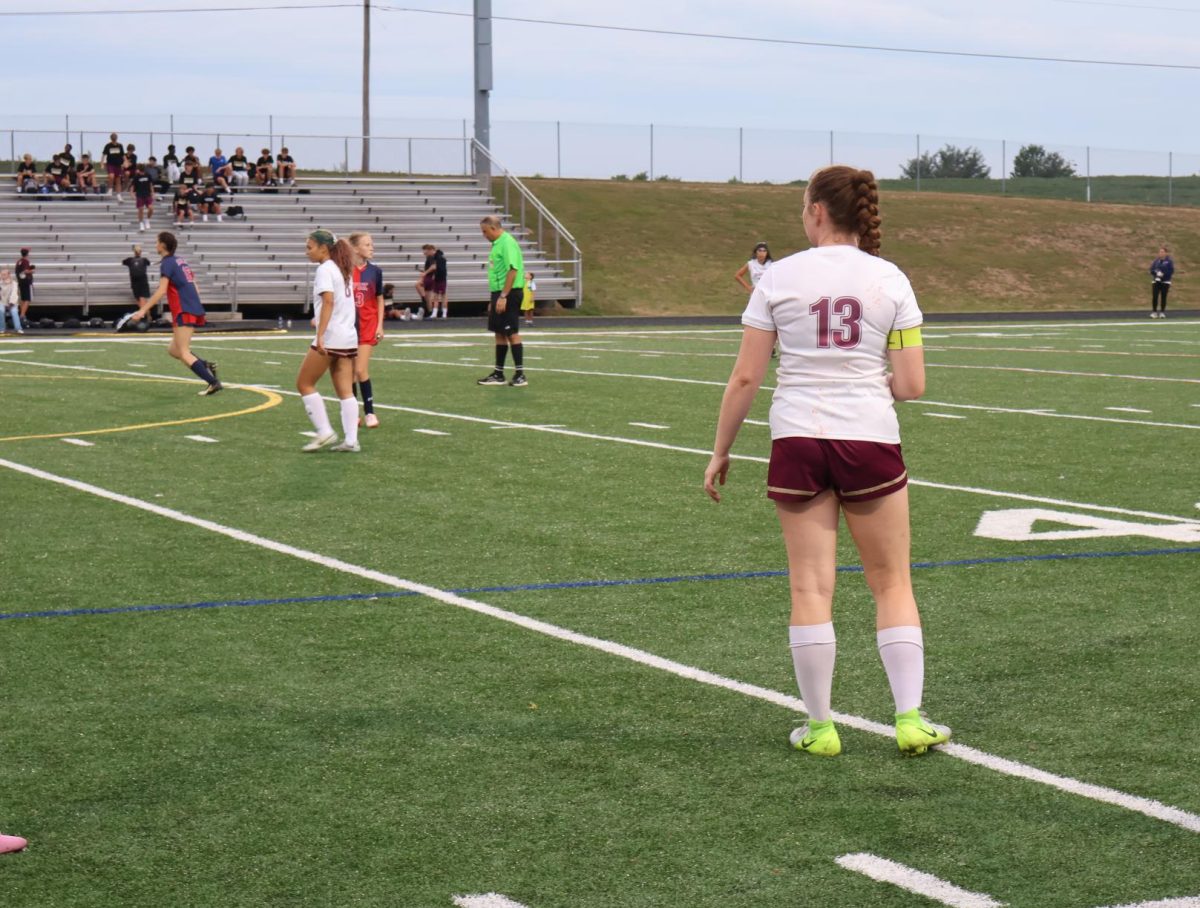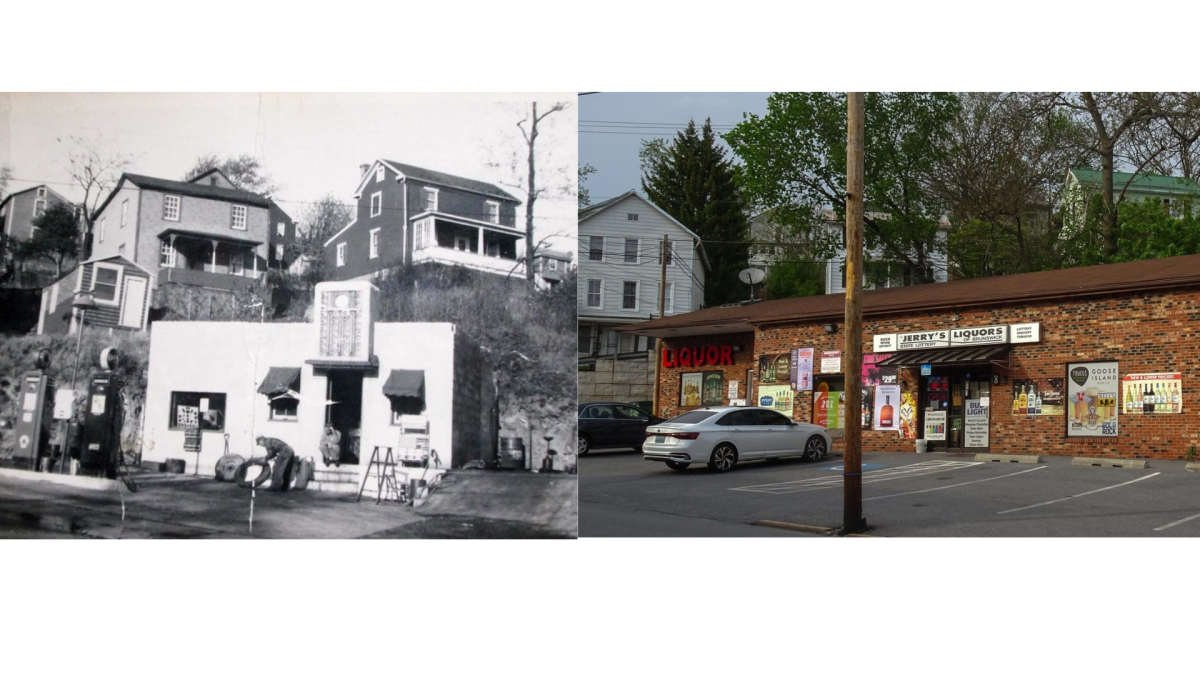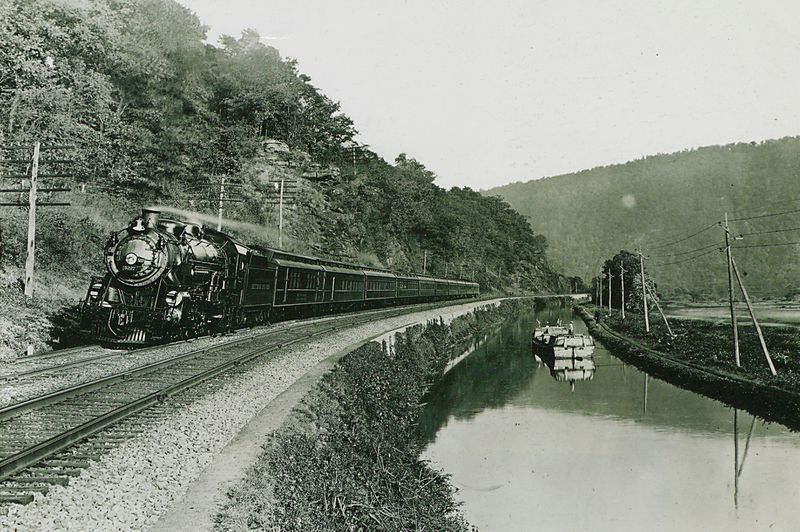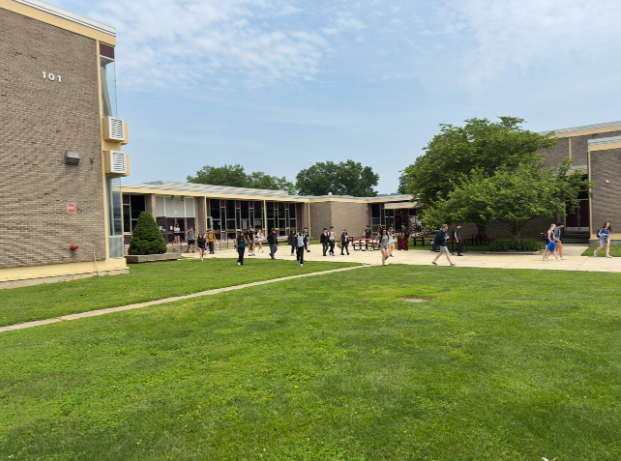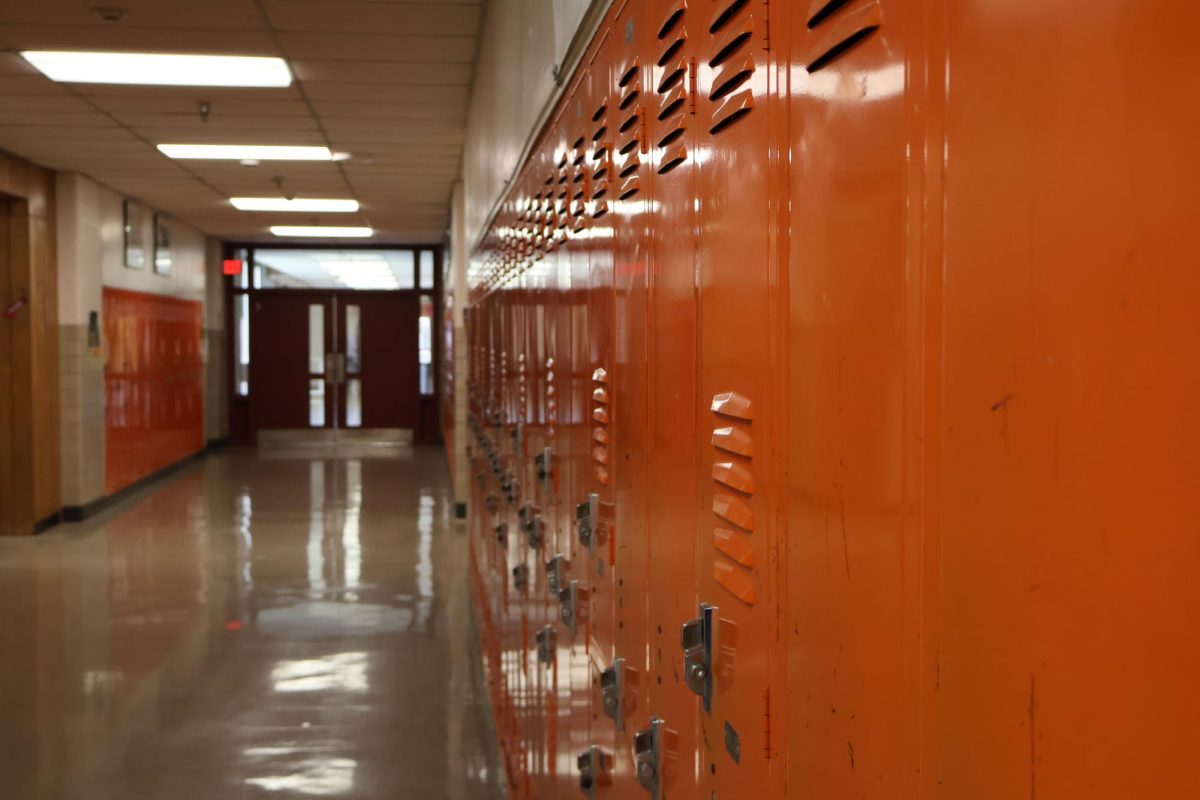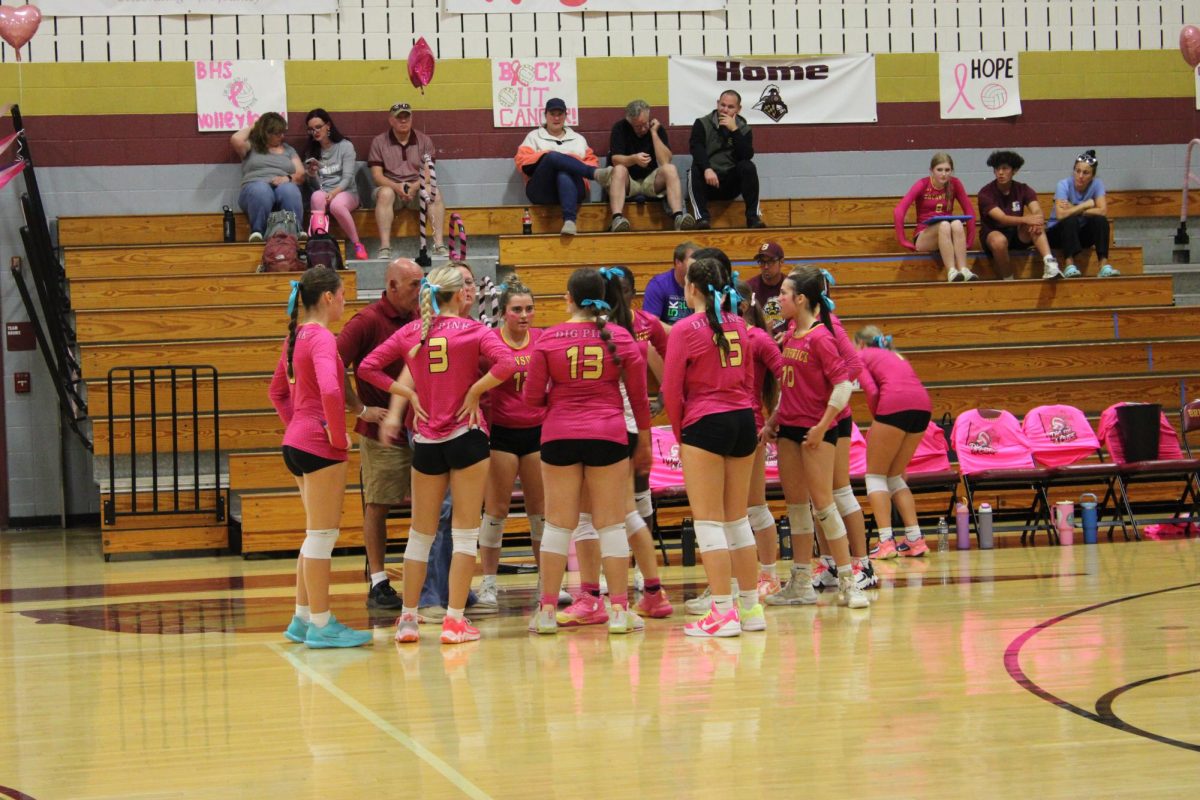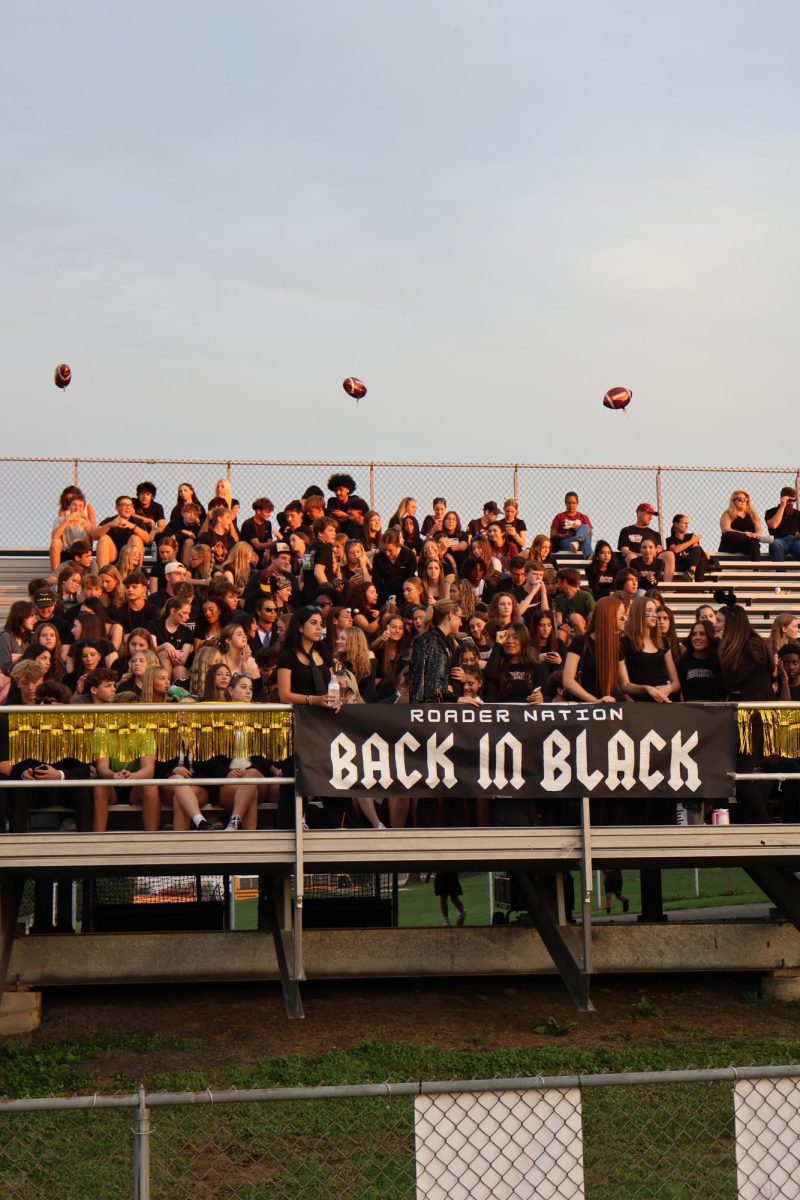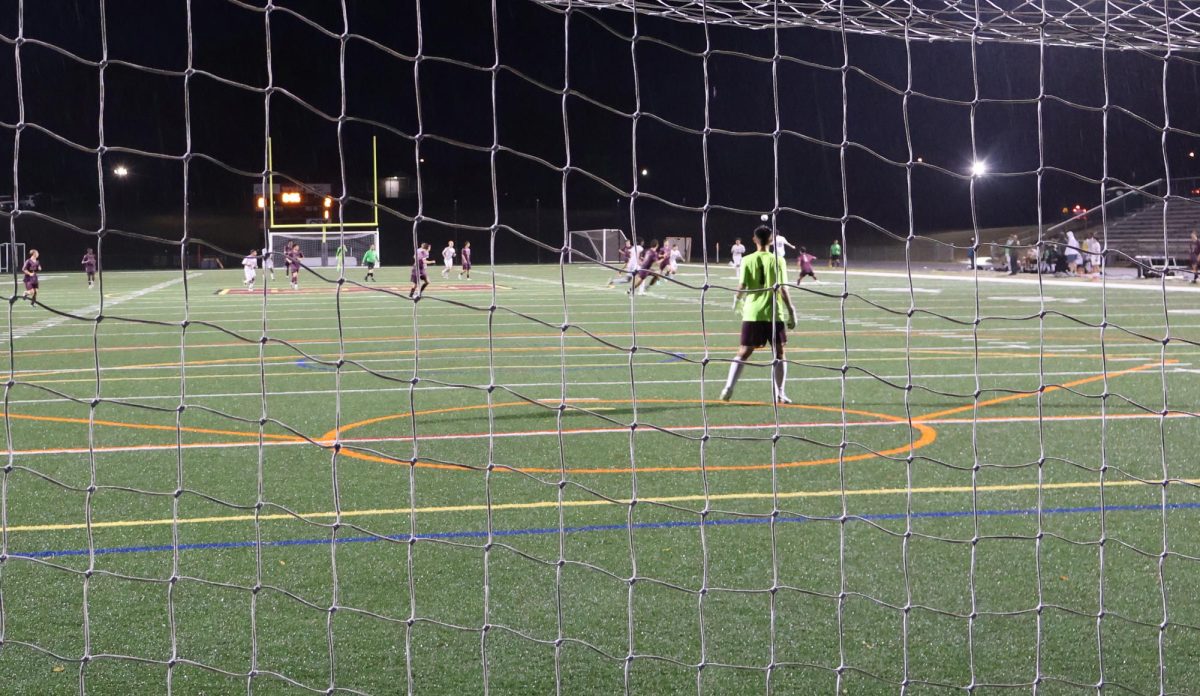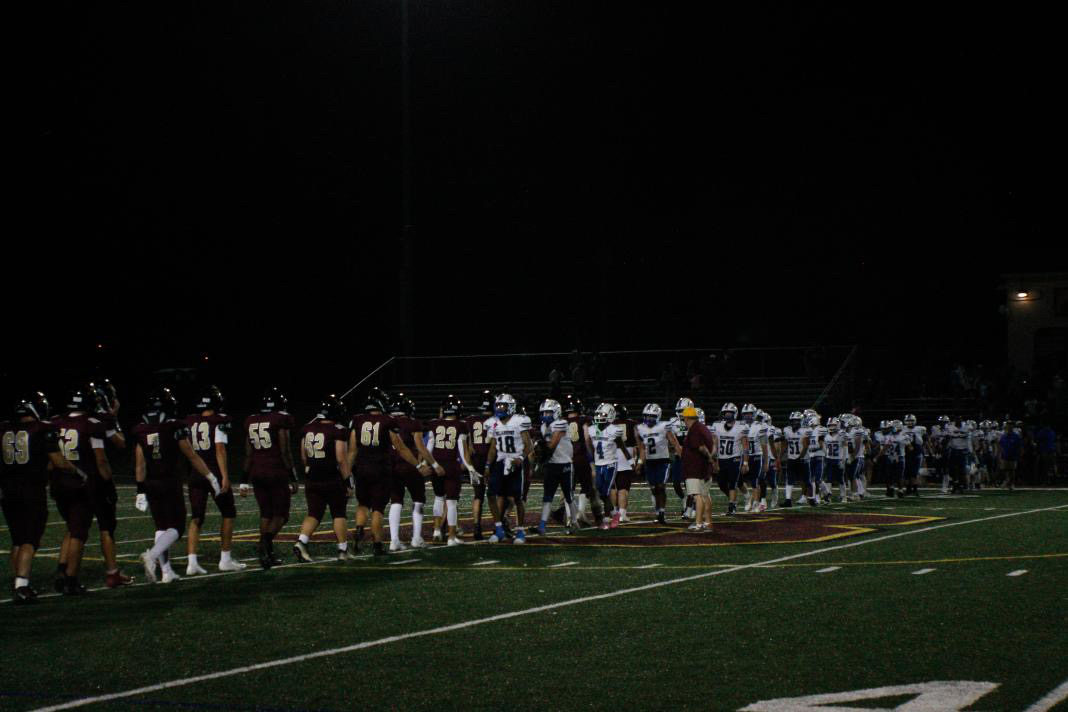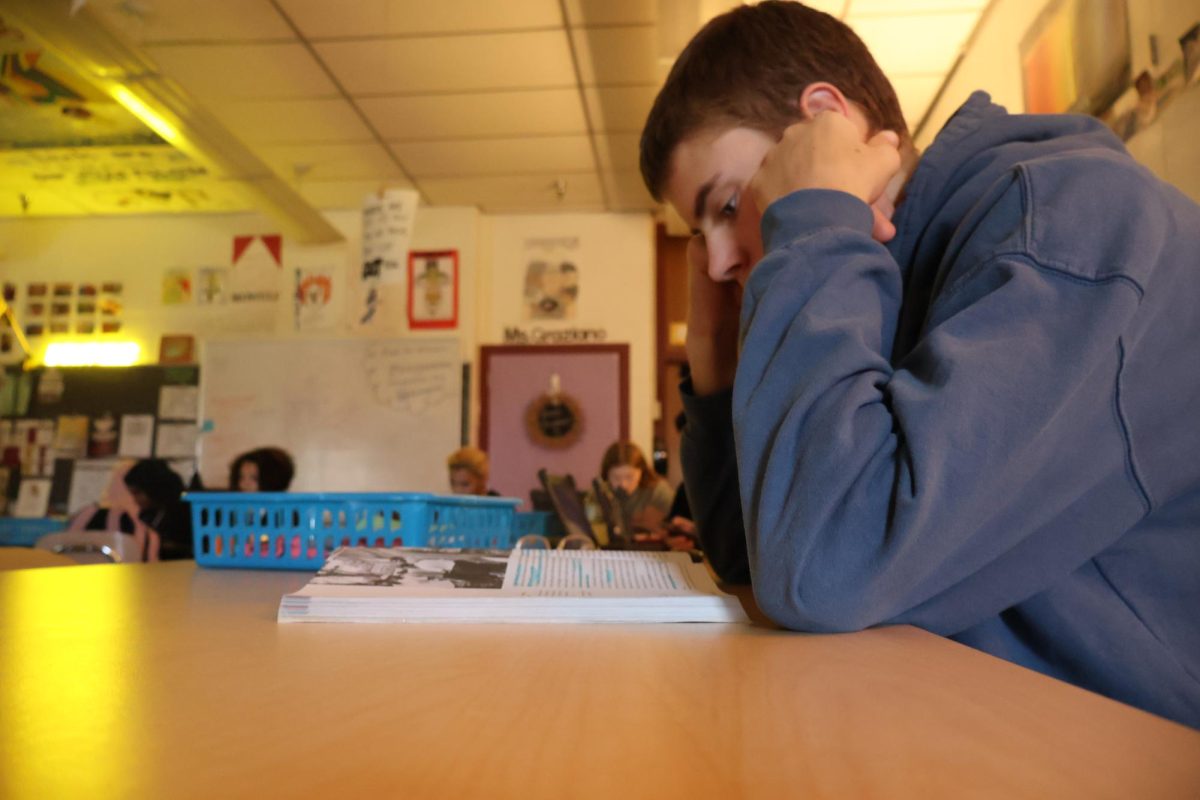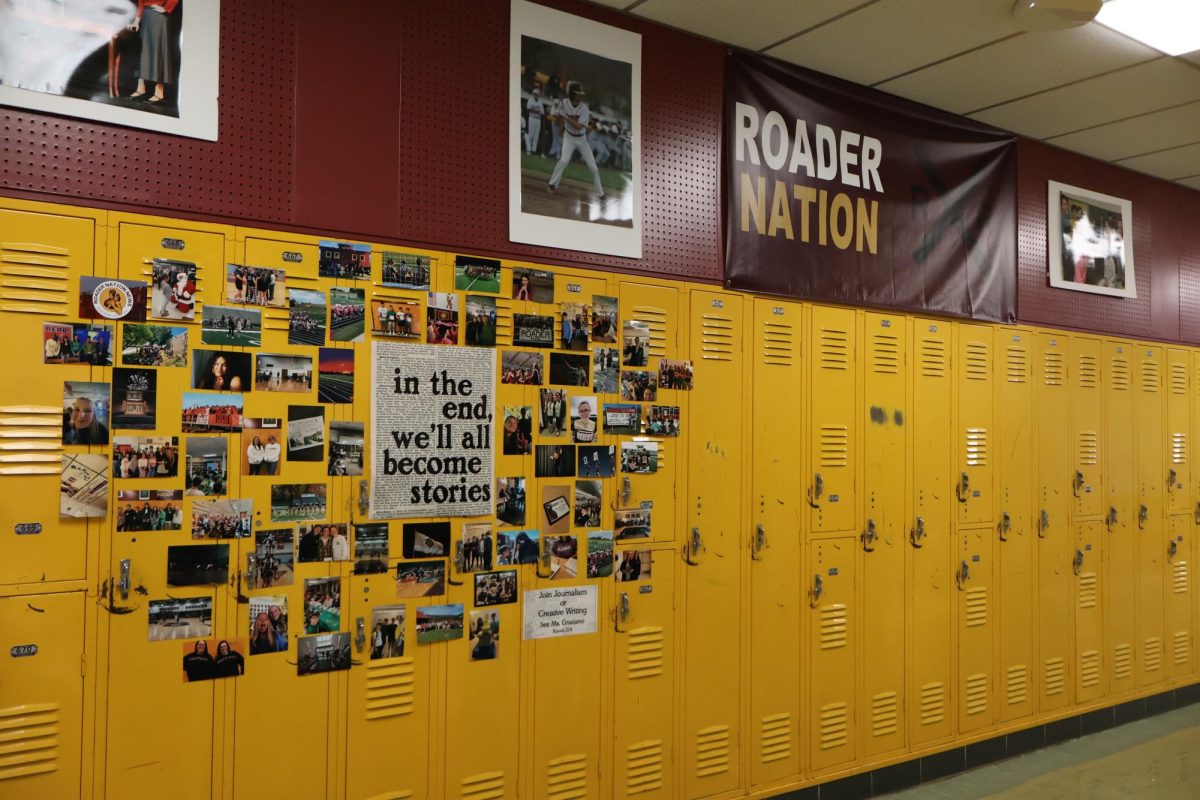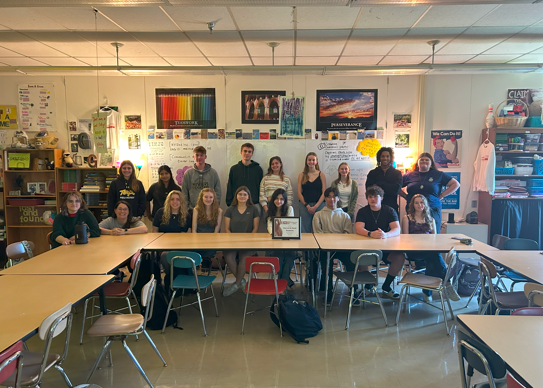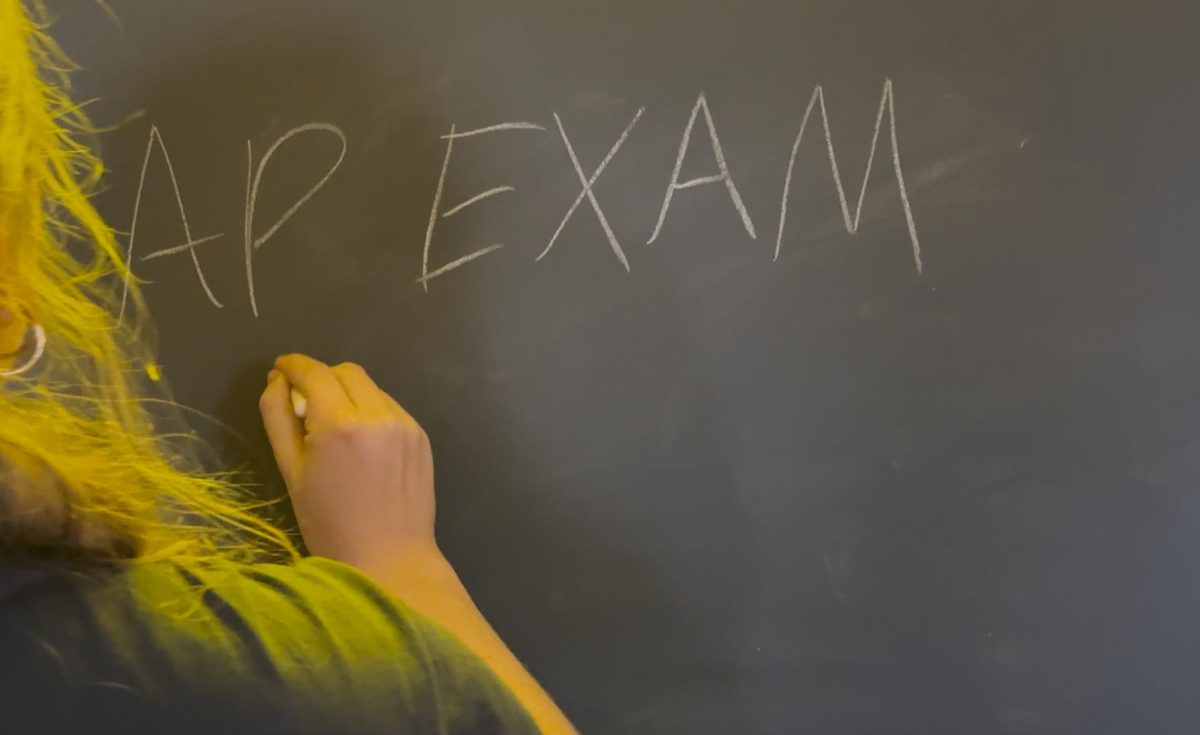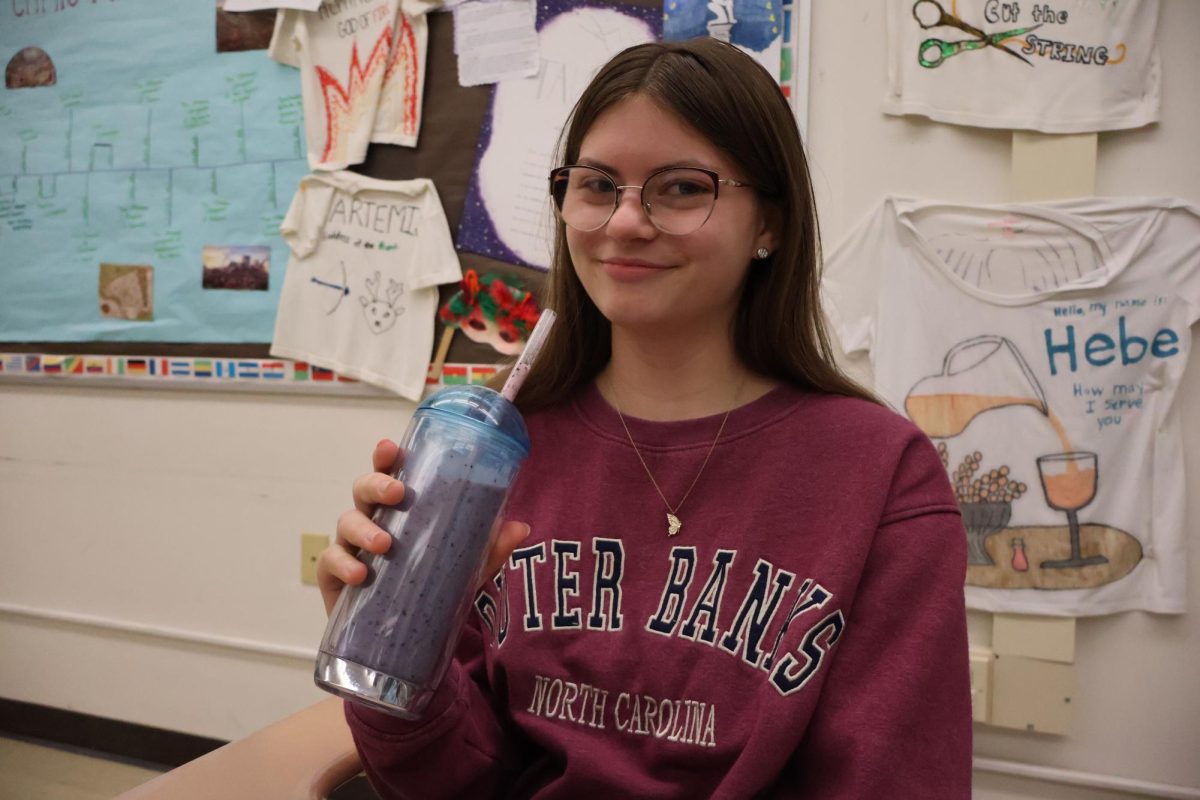Finance & Funding: Being a Railroader After the Railroad
Brunswick, Maryland, owes its existence to the railroad boom of the 1800s, which transformed the town into a thriving hub for transportation and commerce. During this period, Brunswick experienced unprecedented economic growth as people and goods poured in and out of the town via the railroad. However, as time went on, the town’s economy diversified and shifted away from its dependence on the railroad. Today, Brunswick’s finances are driven by a variety of sources, including new community builds, stores, and other sectors of the economy. Despite the changing economic landscape, Brunswick High remains a pillar of the community, attempting to provide quality education and preparing students for a future in an ever-changing world.
Brunswick High is a public high school that serves approximately 750 students in grades 9 through 12. According to figures from msde.maryland.gov “Schools at a Glance,” and oese.ed.gov, the school receives less than the county average of $15,034 per student in funding each year. In direct spite this, Brunswick High has consistently strived to perform well academically, with high graduation rates and strong test scores.
The funding for Brunswick High comes from a variety of sources. The majority of the school’s funding comes from the state of Maryland, which provides about 60% of the school’s budget. The remaining funds come from local property taxes and federal grants. In recent years, the school has also received additional funding through various initiatives, such as the federal Race to the Top program.
Due to the funding levels for Brunswick High, the school still faces major financial challenges. One of the biggest challenges is the need to upgrade and modernize the school’s facilities. Many of the school’s buildings are old and in need of repair, and there is a growing demand for new technology and other resources to support student learning.
To gain more insight into the funding and finances of Brunswick High, we sat down with Principal Christopher Berry to ask him some questions.
Q: What are some of the biggest challenges facing Brunswick High when it comes to funding and finances?
A: Currently, inflation running about 7-8 percent increases the cost of everything which makes the cost of all of our school materials harder to squeeze into the same sized budget as this year. Skid of paper has doubled in price. Cost of toner has gone through the roof. More money now has to go towards materials of instruction which takes away form other aspects of funding.
Q: Where does the school’s funding come from, and how is it allocated?
A: Per pupil amount of money which is divided into cost categories. You will spend x number of dollars on certain things, for instance “ you will give the health room this amount of money.” Beyond those categories, prinicapls work with department hcairs to make plans for who needs what.
Q: What steps is the school taking to advocate for increased funding?
A: Becasue this isn’t somethinw we do as a school, Cetnral office advocates with BOE advocates with county council. Principal often can advocate for extra cirriculars, athletics, and training monies.
Q: How do you think the Brunswick community could self-advocate for broader budgets for the school system?
A: Testifying before the board, writing to the board and county council, petitioning elected officials. If you care about a psecific kind of funkning, BOE and superintendent are your best bets.
Q: Under current legislation, the The Every Student Succeeds Act (ESSA) requires states to provide detailed information about district spending, including how much money is being spent on various programs, such as teacher salaries, technology, and professional development. How would the community benefit from this act expanding its application of financial transparency for individual schools?
A: It is pretty transparent. This information is available on the state website. School document “schools at a glance” isnt published in book form, but on the state website, that should be avalible.
At least 80% go to salaries and benefits. “overwhelming majority” some disgression in the 20%
In conclusion, the funding and finances of Brunswick High reflect the broader economic landscape of the town itself. Working against incredible setbacks posed by a delay of funding for an equitable facility, teachers strive to commitment to providing students with a high-quality education. Through continued advocacy and community involvement, Brunswick High can continue to thrive and meet the needs of its students for years to come.
Your donation will support the student journalists of Brunswick High School. Your contribution will allow us to purchase equipment. We're a small program with little resources. Our goal is to purchase some updated, and much needed, cameras for the program.
